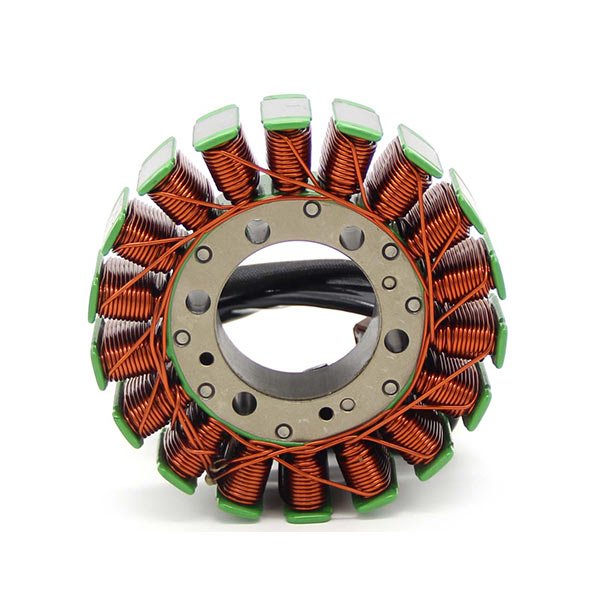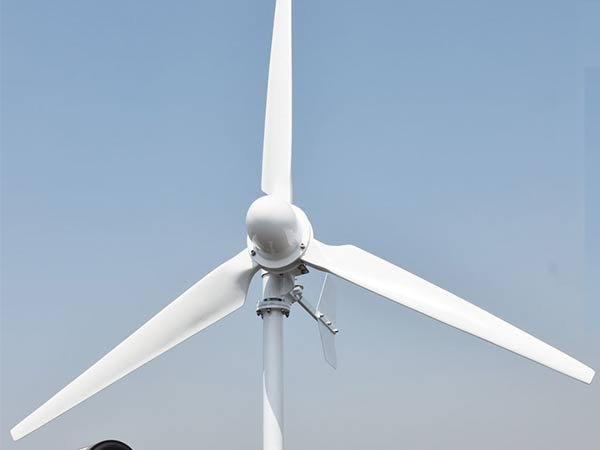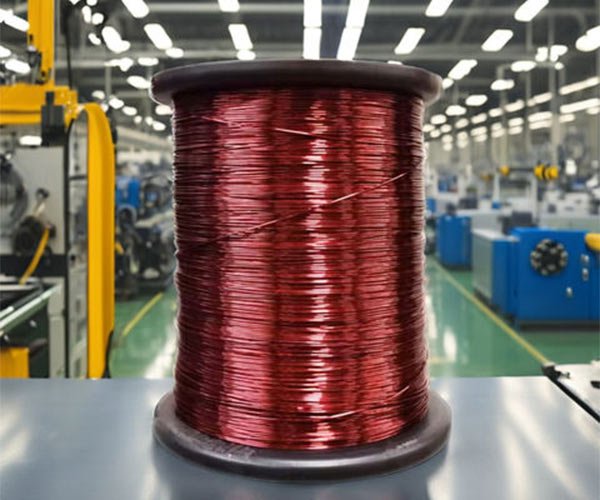In the world of electrical engineering, generation coils are integral components of power generation systems. These coils are responsible for converting mechanical energy into electrical energy through the process of electromagnetic induction. Whether used in power plants, wind turbines, or other electrical devices, generation coils help produce the electricity that powers our daily lives. In this blog, we will explore the essential role of generation coils, how they work, and their applications in various industries.
Table of Contents
What Are Generation Coils?
A generation coil is essentially a coil of wire that is wound around a core, which can be made of various materials such as iron or steel. When a mechanical force (such as a rotating rotor or turbine) moves the coil through a magnetic field, it induces an electrical current in the wire. This process is governed by Faraday’s Law of Induction, which states that a changing magnetic field within a coil of wire induces an electric current in the wire.
The material used for the coil, typically copper, plays a crucial role in ensuring efficient electricity generation due to its high electrical conductivity. The core material also impacts the efficiency of the coil by enhancing the magnetic field, thus increasing the induced current.
How Do Generation Coils Work?
Generation coils work by utilizing the principle of electromagnetic induction. When the coil is moved within a magnetic field, the flux through the coil changes, inducing an electric current in the wire. This phenomenon occurs because the motion of the coil through the magnetic field alters the magnetic flux linked with the coil, which leads to the creation of electrical energy.
Here is a simplified explanation of the working mechanism:
- Magnetic Field Interaction: As the generator rotor spins, it creates a rotating magnetic field.
- Induced Current: This rotating magnetic field passes through the generation coil, inducing an electric current in the wire.
- Electric Power Output: The induced current is then channeled to an external circuit, where it is used to power electrical devices or systems.
The amount of electricity generated depends on several factors, including the speed at which the coil moves through the magnetic field, the strength of the magnetic field, and the number of turns in the coil. More turns, stronger magnets, and faster rotation can increase the amount of electrical output.
Construction of Generation Coils
Generation coils are designed to optimize the process of electromagnetic induction. Several factors affect the construction and performance of these coils:
Wire Material: Copper is the preferred material for the coil due to its excellent electrical conductivity. Sometimes, aluminum or other materials are used depending on cost and application requirements.
Core Material: The core is typically made from magnetic materials like iron, steel, or laminated magnetic sheets. A good core material helps to concentrate and strengthen the magnetic field, improving the efficiency of the coil.
Coil Turns and Wire Gauge: The number of turns in the coil directly influences the voltage output. More turns mean higher voltage, whereas thicker wires (lower gauge) allow for greater current output.
Shape and Size: The physical shape of the coil and the core can also affect the efficiency. For instance, a cylindrical core may help focus the magnetic flux more effectively than other shapes.
Types of Generation Coils
Depending on the application and the type of generator, generation coils can be classified into different types:
Air-Core Generation Coils: These coils do not use any magnetic core and rely on the surrounding air for creating the magnetic field. They are often used in high-frequency applications like radio transmission or certain types of electric motors.
Iron-Core Generation Coils: These coils use an iron core to concentrate the magnetic field, which increases the efficiency of electricity generation. They are widely used in power plants and industrial generators.
Toroidal Coils: These coils have a doughnut-like shape and are commonly used in transformers and electrical power distribution systems. The toroidal design helps reduce electromagnetic interference and increases efficiency.
Flat Copper Coils: These are coils that are wound in a flat shape, often used in specialized applications like high-current transformers or electric motors.
Applications of Generation Coils
Generation coils are used in various power generation systems across different industries. Some of the most common applications include:
Power Plants: In conventional and renewable power plants, generation coils are used in generators to convert mechanical energy (from steam turbines, water turbines, or gas engines) into electrical power. These systems generate electricity for distribution across the grid.
Wind Turbines: Wind turbines rely on generation coils to convert the mechanical energy from the movement of the turbine blades into electrical power. The rotor inside the turbine spins, passing the generation coil through a magnetic field and producing electricity.
Hydroelectric Systems: Similar to wind turbines, hydroelectric generators use generation coils to convert the energy of flowing water into electricity. The water turns a turbine that drives the rotor and induces current in the generator’s coils.
Electric Motors: While electric motors themselves generate mechanical movement, they rely on generation coils in their design to convert electrical energy into mechanical power, which drives various machines and appliances.
Backup Generators: Standby generators used for emergency power generation also rely on generation coils to provide electrical output when the main power grid fails.
Transformers and Induction Heating: Generation coils are found in transformers to step up or step down voltage levels, and in induction heating equipment for industrial applications.
Why Are Generation Coils Important?
Generation coils are at the heart of many systems that provide us with the electricity we rely on daily. Whether in large power plants or renewable energy sources like wind and hydroelectric systems, generation coils ensure the efficient conversion of mechanical energy into electrical power. Their role is pivotal in supporting infrastructure, industrial applications, and even emergency power systems.
By understanding the importance of generation coils, we can better appreciate how electrical power is generated and distributed. The advancements in generation coil design continue to improve energy efficiency, reliability, and cost-effectiveness, making them a key component in both traditional and renewable energy solutions.
Conclusion
Generation coils are fundamental to the process of generating electrical power from mechanical energy. They play an essential role in various power generation systems, from large-scale power plants to renewable energy solutions like wind and hydroelectric generators. By optimizing their design and understanding their working principles, we can ensure more efficient and reliable power generation for the future.
Whether you’re designing a new generator or simply curious about how electrical power is generated, the generation coil is one of the most critical components in the entire process.
Need a customized coil?
Email us for a quick contact



